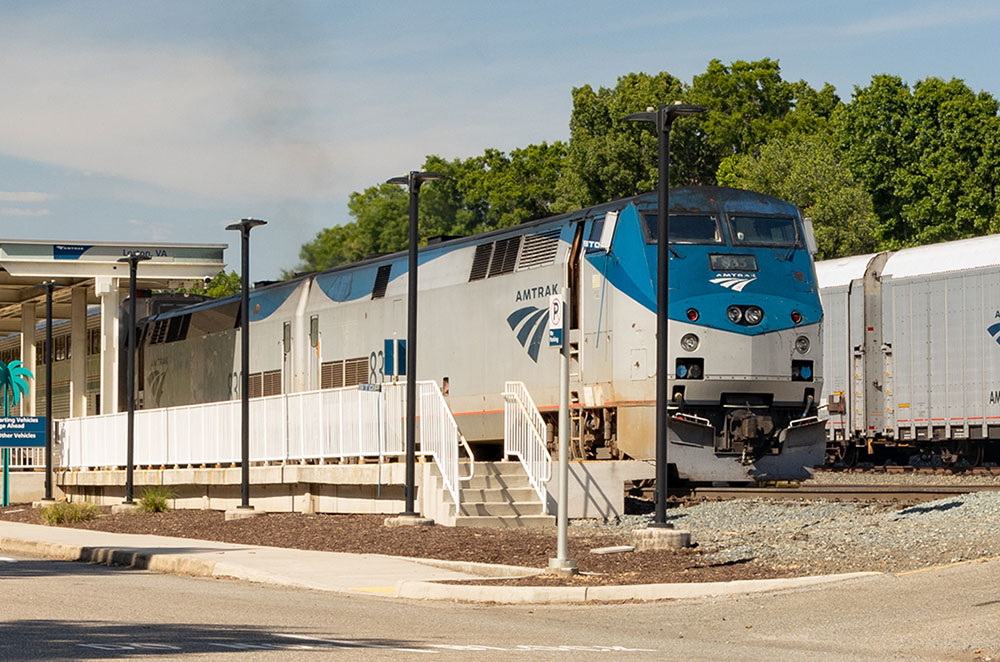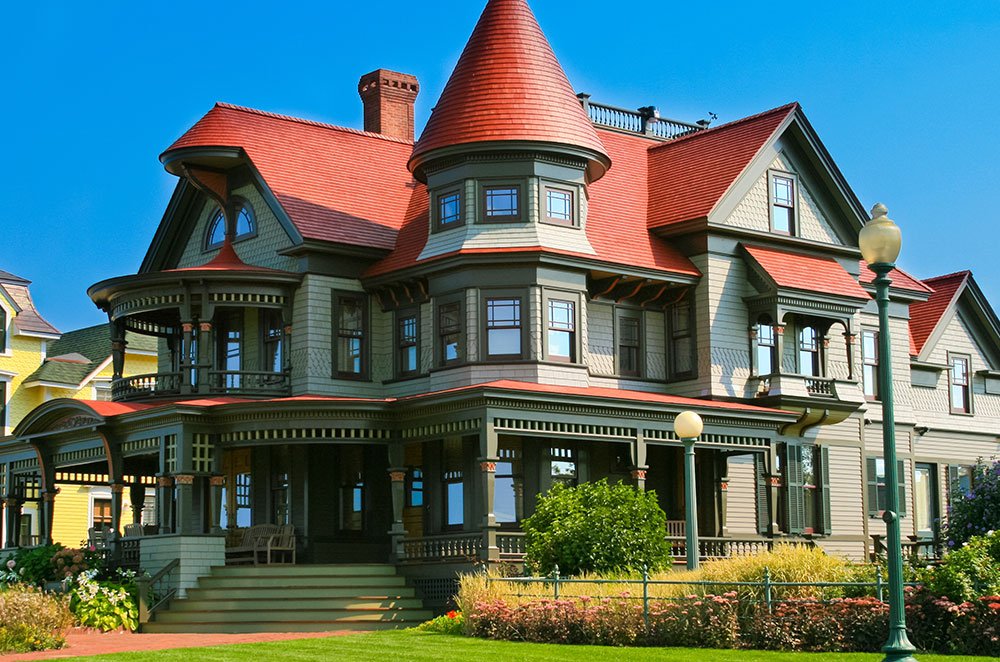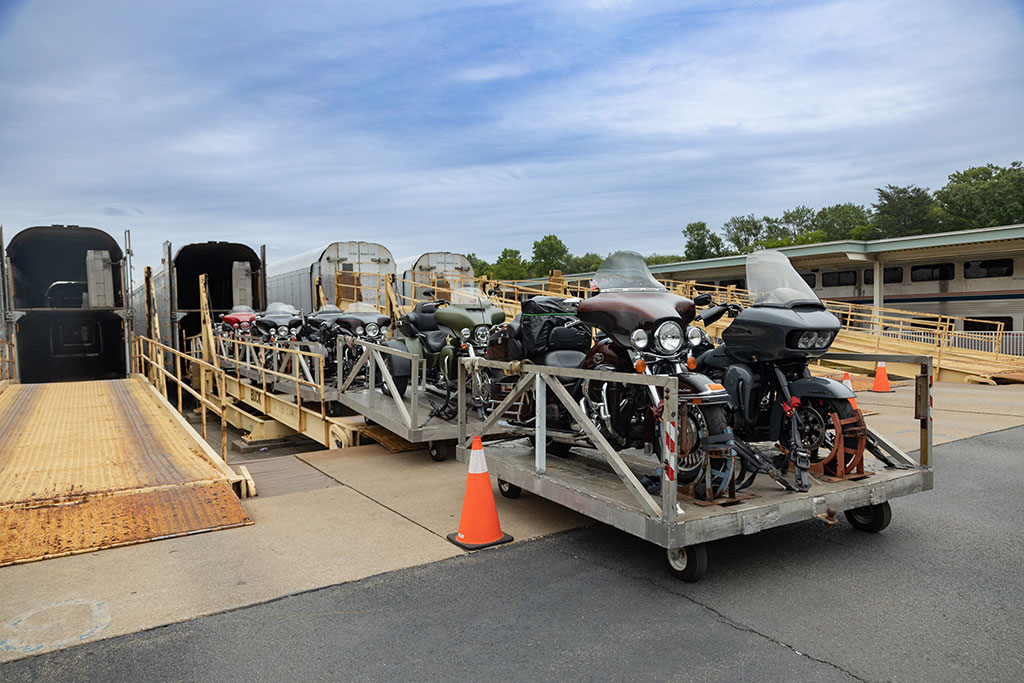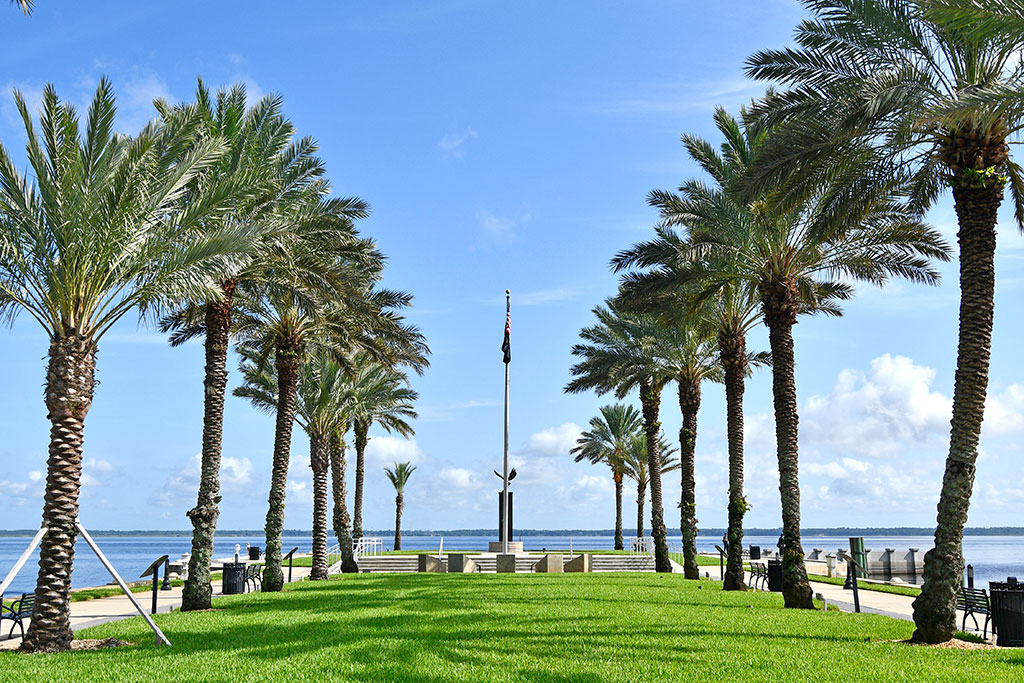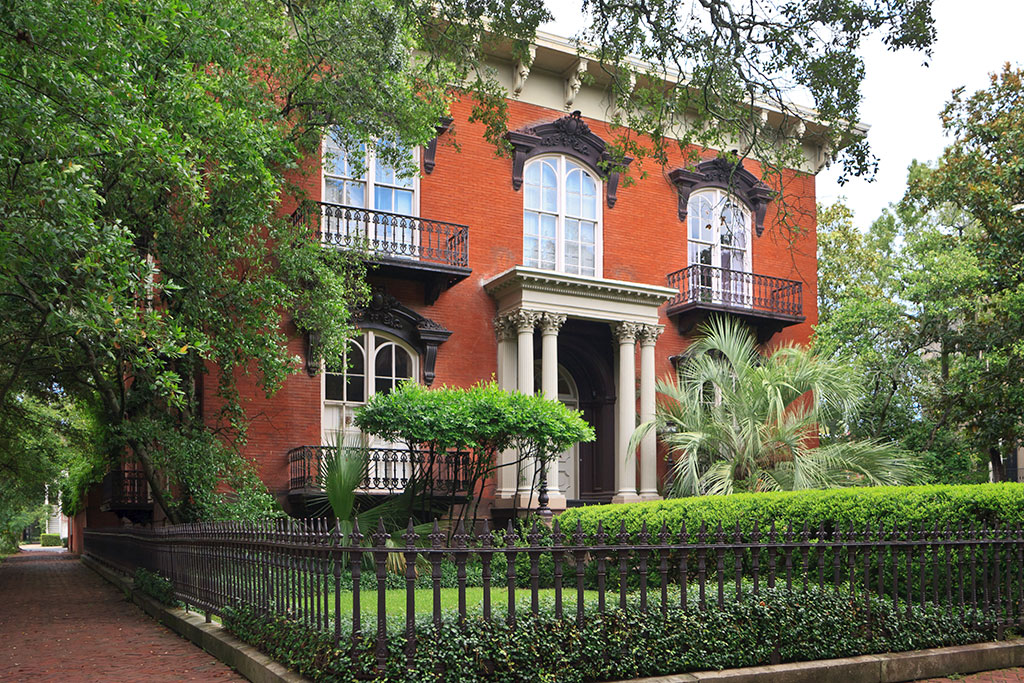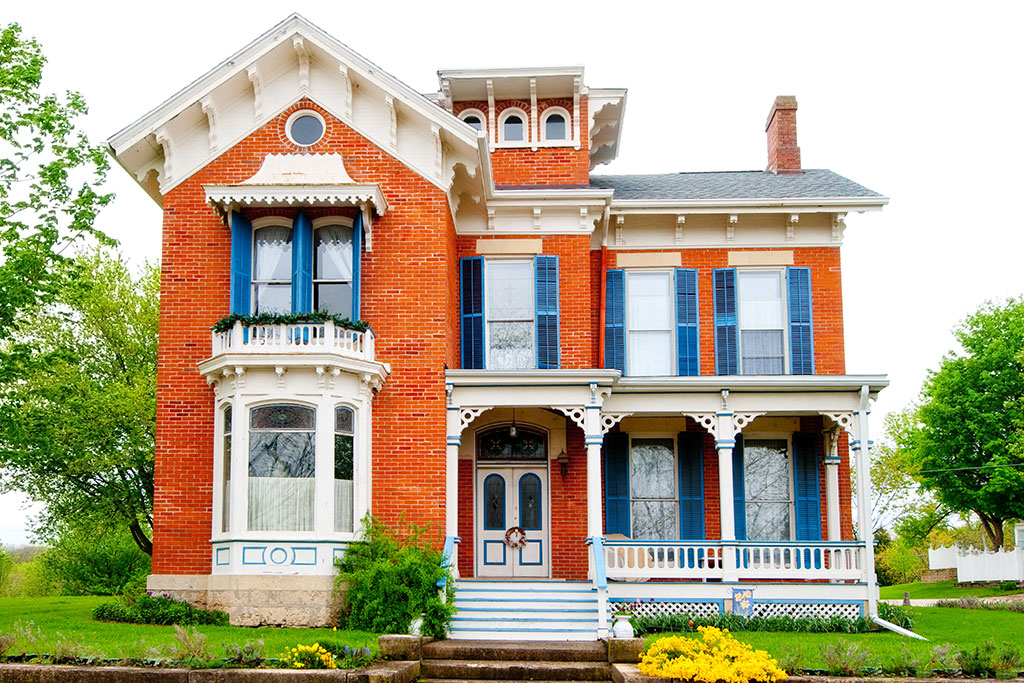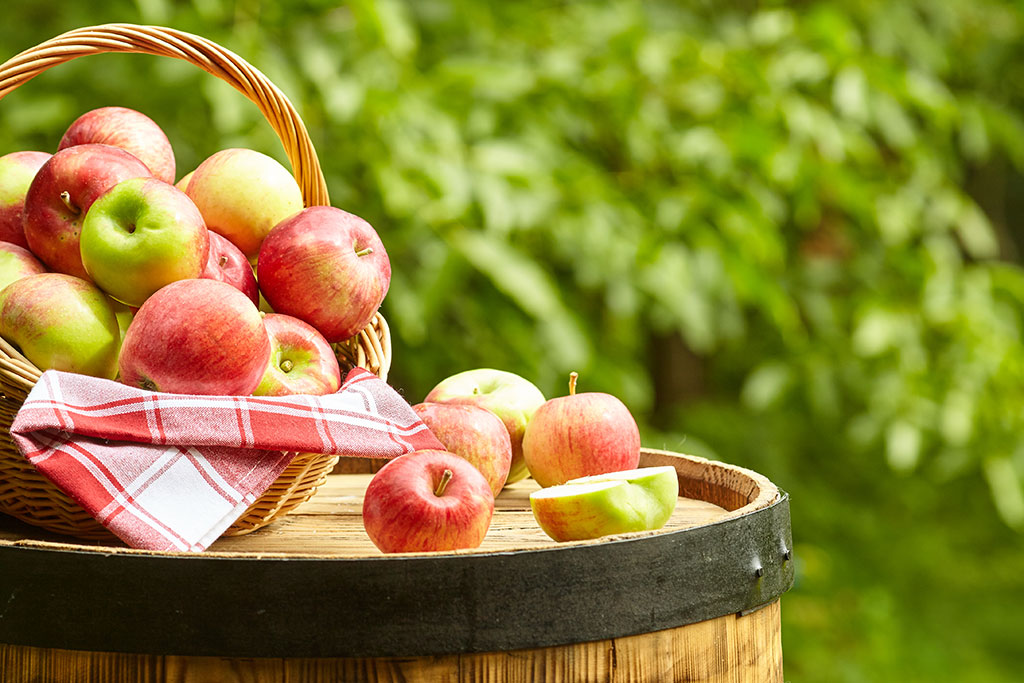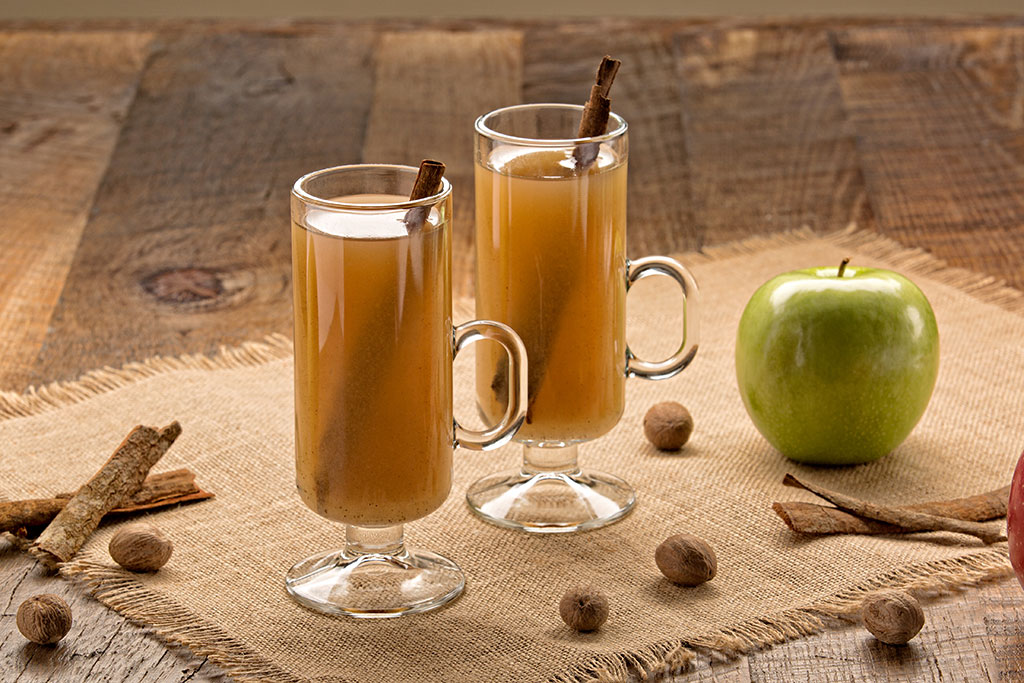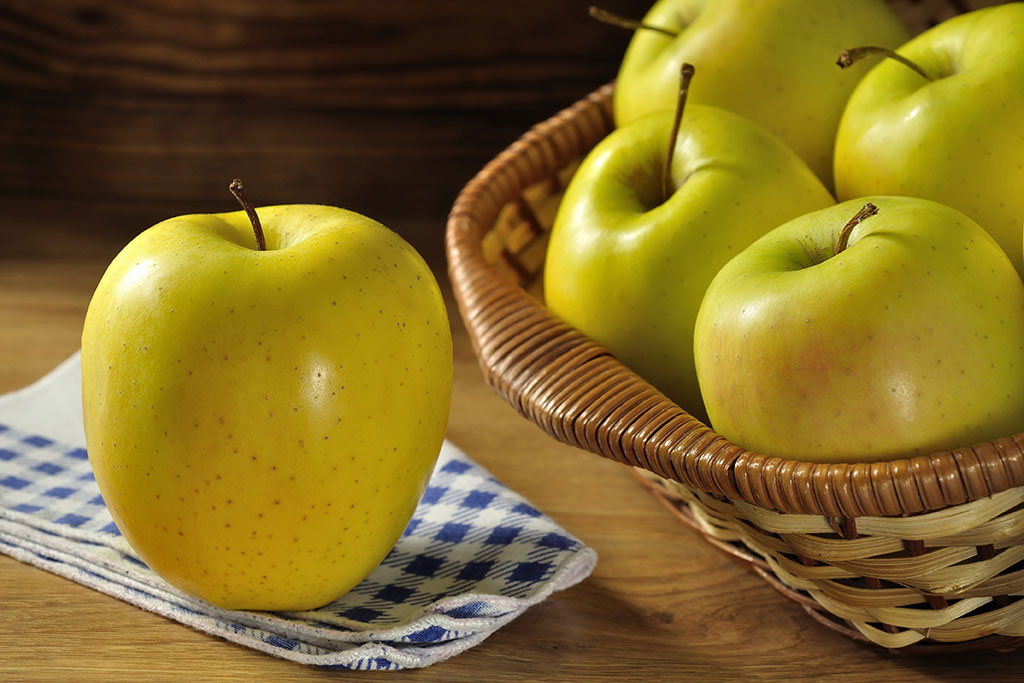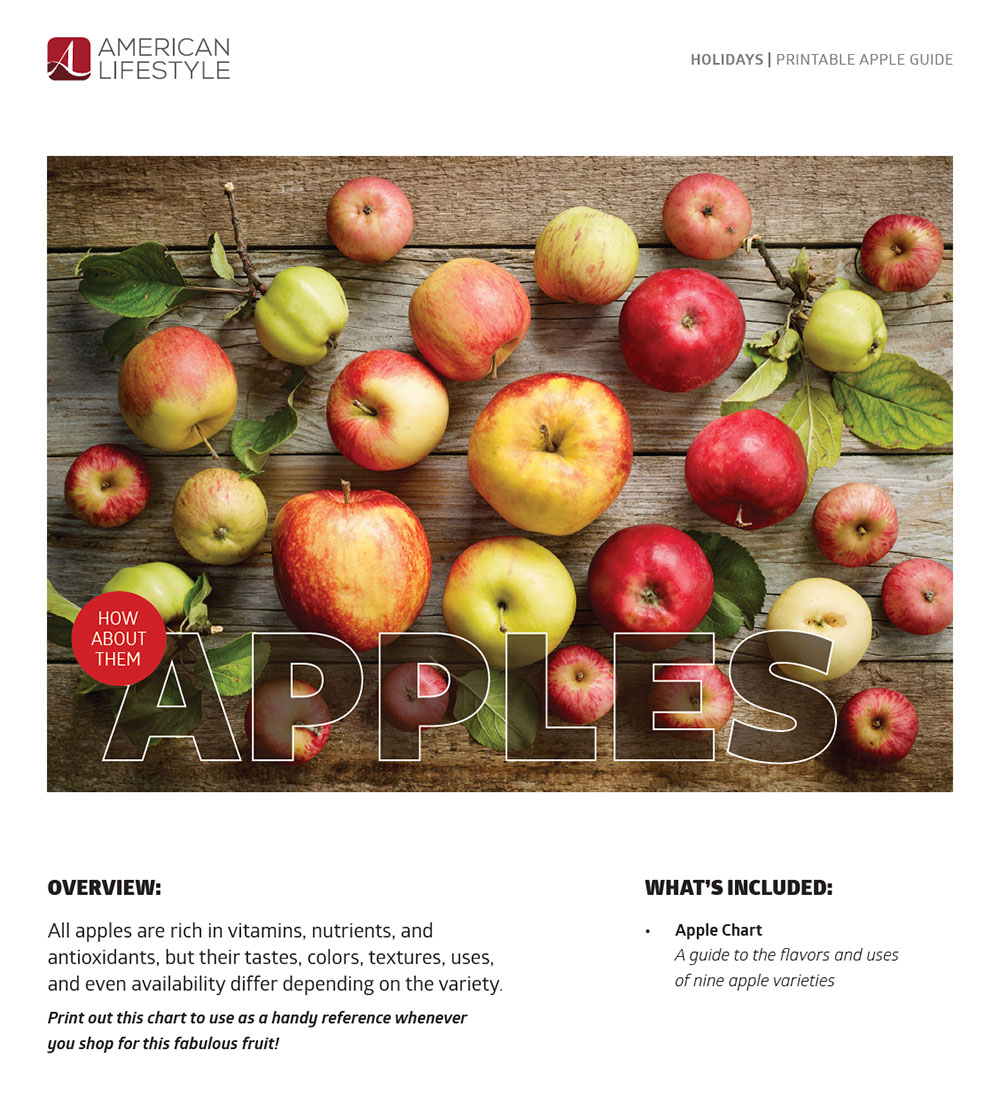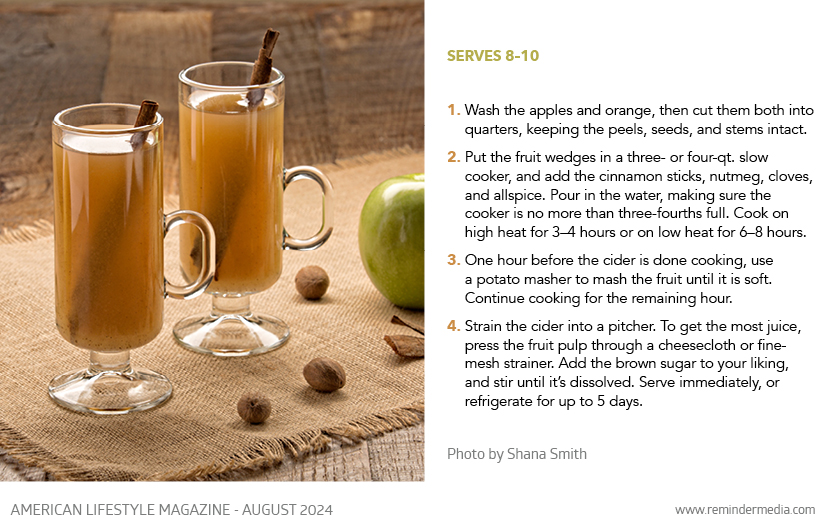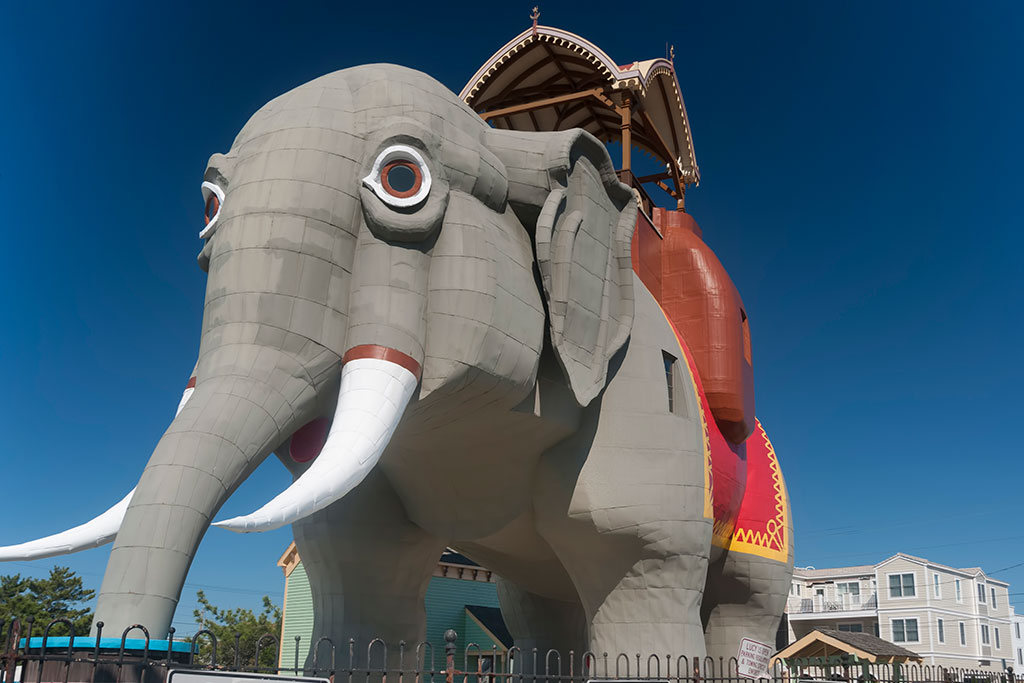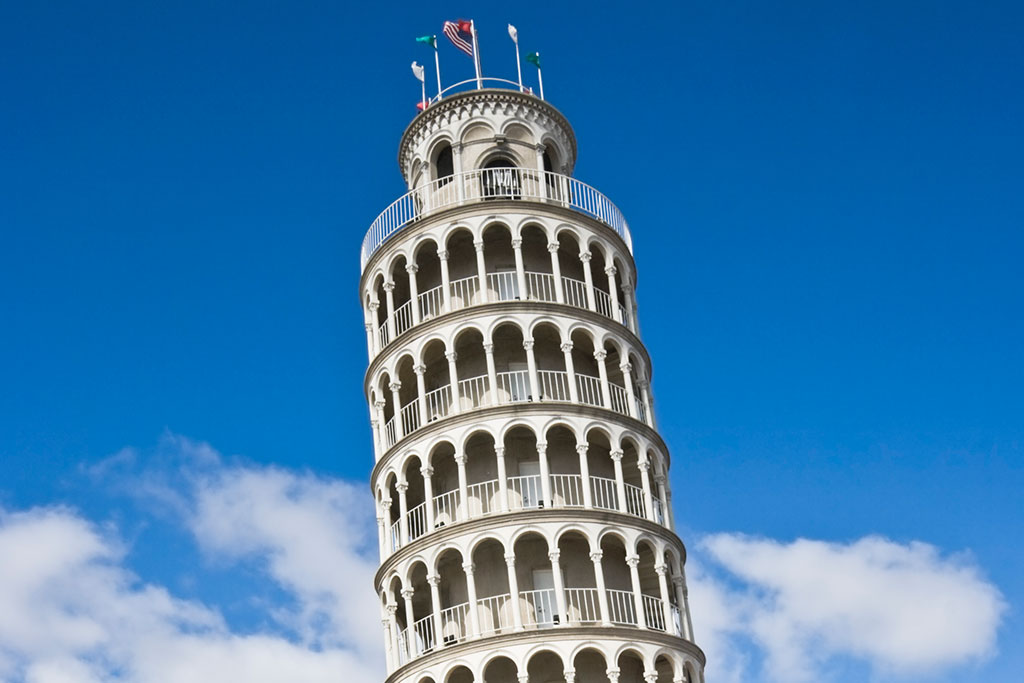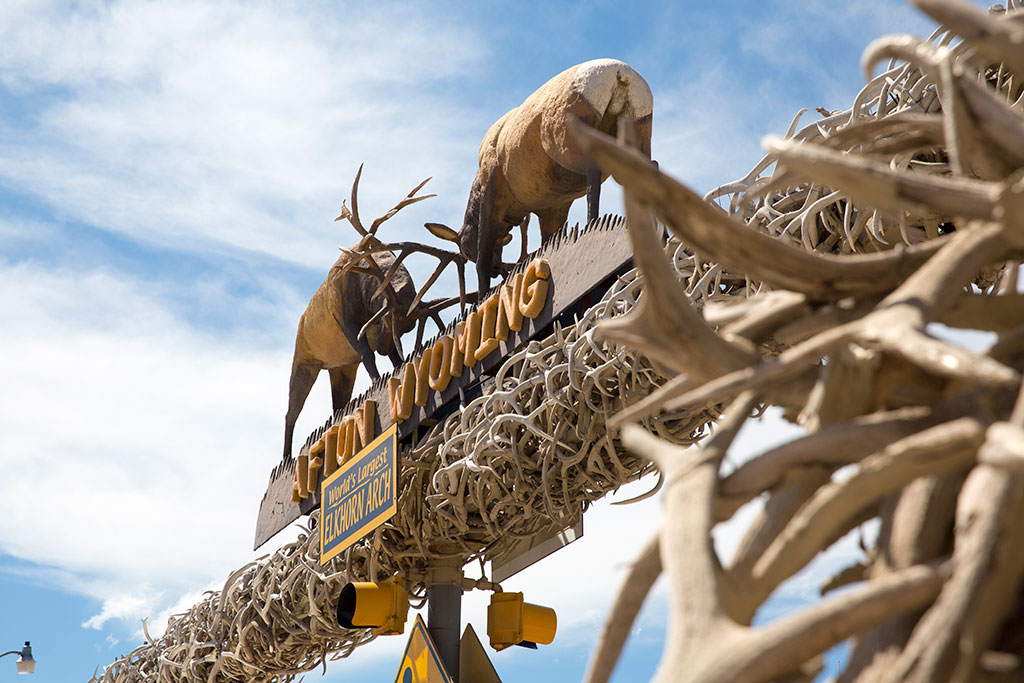Array
(
[0] => Array
(
[item_type] => website
[content] => Array
(
[label] =>
[value] => www.Kinder-Realty.com
)
)
[1] => Array
(
[item_type] => social_media
[content] => Array
(
[label] =>
[value] => Facebook: @Kinderrealtyllc
)
)
[2] => Array
(
[item_type] => social_media
[content] => Array
(
[label] =>
[value] => LinkedIn: @kinder-saund-broker-414a5a12/
)
)
[3] => Array
(
[item_type] => social_media
[content] => Array
(
[label] =>
[value] => Instagram: @KinderSaund
)
)
[4] => Array
(
[item_type] => social_media
[content] => Array
(
[label] =>
[value] => Read others and leave your Google review: https://g.page/r/CenY9W_xEYPXEB0/review
)
)
[5] => Array
(
[item_type] => phone
[content] => Array
(
[label] => Office
[number] => 7032788885
[extension] =>
)
)
[6] => Array
(
[item_type] => address
[content] => Array
(
[label] => Office
[addressee] => Kinder-Realty
[address1] => 6371 Rolling Mill Place
[address2] => 103
[city] => West Springfield
[state] => VA
[zip] => 22152
)
)
)
?>
When it comes to East Coast travel, a singular avenue dominates all: the grueling I-95 highway, which stretches from the tip of Florida all the way up to Maine. Containing some of the most congested areas of road in the nation, this route may deter, frustrate, or even stall travelers who want to explore a different flavor of the United States. And with airline and rental-car prices surging, families may be left rethinking travel altogether.
But rather than casting aside your vacation dreams, find an alternative solution in the Auto Train! Nothing else in America exists quite like this Amtrak locomotive, which takes riders and vehicles alike on a nonstop route between the DC suburb of Lorton, Virginia, and the Orlando suburb of Sanford, Florida. On this East-Coast tour, you’ll experience a memorable journey you won’t soon forget—even before arriving at your destination.
The ultimate travel solution
The Auto Train combines the convenience and independence of private car travel with the comfort and old-fashioned thrill of rail commuting. On the day you depart, you’ll simply drop your vehicle off for check-in, at which point it will be loaded onto a massive train car. Meanwhile, you can find your seat and, as Amtrak teases on its website, “settle in with a good book, stream a movie on your tablet, or enjoy the ever-changing views out the window.” Then once at your arrival city, you can venture off with your car to enjoy the rest of your vacation.
Virtually any standard passenger vehicle is welcome on the Auto Train, along with motorcycles, small trailers, and even Jet Skis. And forget the packing limitations and baggage fees of air travel; you can fill your vehicle with any and all travel essentials you may need on your trip, including hefty suitcases, a bike for self-guided tours of DC’s trails, or strollers for long walks in Florida’s theme parks. The Auto Train will ensure that all these goods arrive with you at your final destination.
Fares and features
The Auto Train offers coach fare in its main cabin for as low as $95 per adult passenger plus the cost of a vehicle, which starts at $570 for a round trip with a standard automobile. Though that price may seem high, it may still contend with those of air or vehicle travel, especially if you’re traveling in a group. Even more, its seating design—which features no middle seat, ample legroom, and room to recline—offers a luxurious travel experience you won’t find in the cramped confines of the other modes of travel.
You can get such luxury even in coach, but given that the route is a seventeen-hour overnight trek, it may also be worth it to consider upgrading your accommodations. For instance, a first-class roomette grants access to a private suite with a picture window and two spacious lounge seats, each of which converts into a cozy bed. And larger accommodations, like bedroom suites and family rooms, provide even more space for stretching and sleeping at an additional cost.
Amenities for all first-class options include fresh towels, linens, and pillows, access to an upgraded restroom with a shower, and priority boarding so you can settle in before the crowds. For any special requests, such as ordering your complimentary dinner, simply contact the first-class attendant on board.
Regardless of seating, all passengers on the Auto Train receive numerous alluring amenities, many of which can be found in the Cross-Country Café, a dining car with a rotating selection of food and beverages as well as a complimentary continental breakfast. In addition, it’s easy to stay productive or whittle the time away thanks to the free onboard Wi-Fi (again, forget the superfluous fees of air travel) and outlets at every seat. However, don’t ignore the views out the cabin’s picture windows, which grant delightful sights of the verdant American landscape whirring by. For the best vantage point, kick back in a chair on the train’s lofty second level, where you may also find a more soothing atmosphere.
Lots to love in Lorton
As thrilling as riding the train itself may be, many more amazing experiences await you at either end of the tracks. Take the charming Virginia town of Lorton. Poised on the Potomac River, this destination features lush forests, pristine waterfront views, and tours at nearby historic Mt. Vernon. The ivory-toned landmarks of our nation’s capital are also only a twenty-mile drive away. From institutions like the Smithsonian’s museums and zoo to sites that look back on our nation’s history like the Vietnam Veterans Memorial, this city promises virtually endless sightseeing and entertainment
As a bonus, once you arrive in Washington, thousands of other destinations lie within your grasp. You could easily continue your state-skipping journey to some of America’s most culturally vibrant destinations, including Philadelphia, New York City, and Boston.
Disembarking in Sanford
On the other end of the route lies this quaint Florida city, which features a historic downtown district rich in examples of early twentieth-century architecture—you can spot these from a charming (and free) trolley ride. However, Sanford’s biggest draw may be its proximity to Orlando, home to some of the world’s greatest theme parks: Walt Disney World, Universal Orlando Resort, LEGOLAND, and many others. Or if the coast is calling your name, take the breezy one-hour drive east to the white sands of Canaveral National Seashore.
Amtrak’s Auto Train presents a unique way to conduct long-distance travel, combining soothing, stress-free accommodations with the freedom of departing your final destination with your own steering wheel in your grip. And this route does more than help cut down I-95 congestion between DC and Orlando—it has also been a plus for the environment, eliminating ninety-five million miles of vehicle emissions. Relaxing, convenient, luxurious, and green, the Auto Train is the ultimate travel vessel, offering a journey that is easily as compelling as its destinations.
For more info, visit amtrak.com/auto-train-experience
